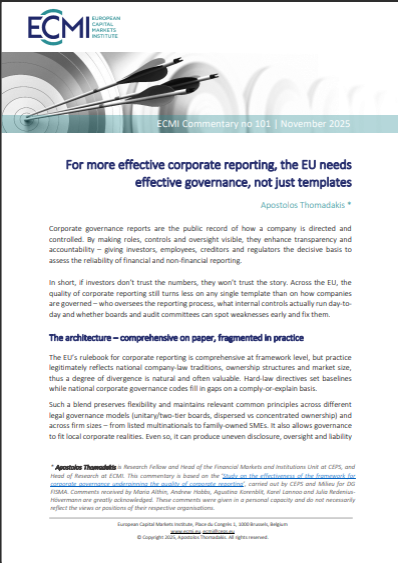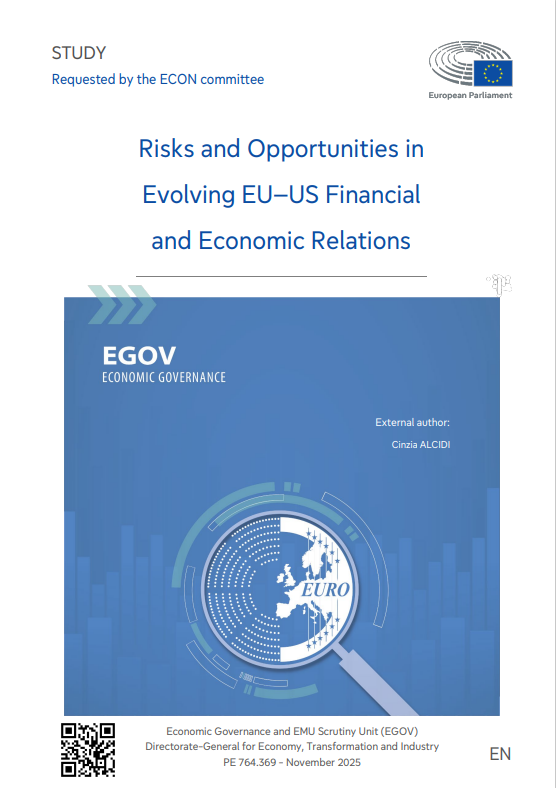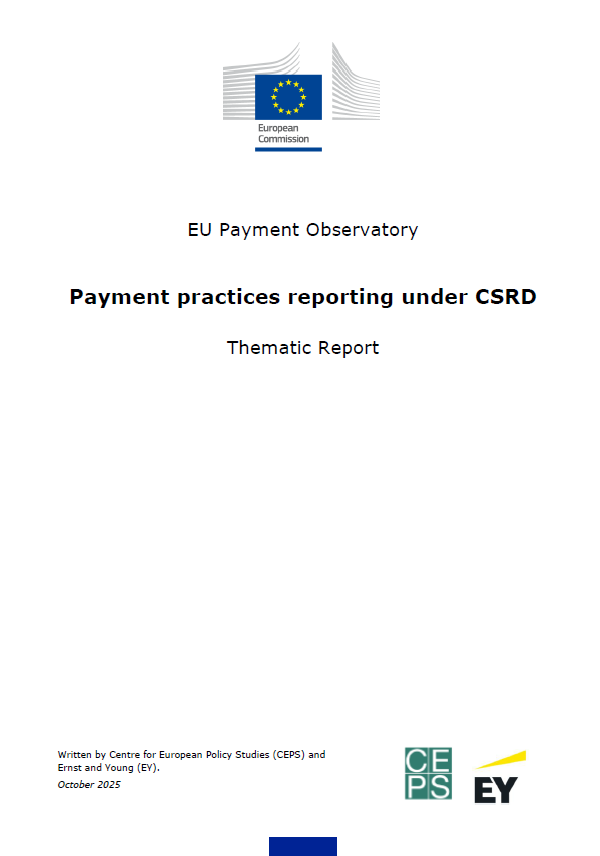European Network of Economic Policy Research Institutes (ENEPRI) Working Paper No. 43, 23 pages
Regional disparities in the growth rates of GDP and total factor productivity (TFP) are a major policy concern in the EU, not least because of its inclusion of new transition economies. The growth rate of a nation’s TFP especially depends on its level of human capital rather than the increasing rate of human capital. The growth that is driven by innovation and the catching-up process spurred by technology imitation relies on education-based human capital and related agglomeration. This explains why education provides a permanent advantage, which over time may increase in importance in the labour market. This paper examines the role of knowledge agglomeration in productivity growth in Finland. The analysis rests on a very detailed assessment of knowledge capital in firms, using linked employer-employee data at the micro level. It shows that the agglomeration of education-based human capital explains the regional divergence in the growth rates of GDP and TFP in Finland since 1995. High-growth firms are observed to have highly paid occupations and intangible capital – characteristics that are vital for growth to continue in firms that are far from the leader firm at the frontier of their industry in terms of productivity. In low-productivity firms, knowledge capital that is derived from sources other than educational attainment is also found to be essential for growth.
Theme: 18. Regional labour market
JEL classification: J240, R110, O300, O400, O520
Keywords: regional growth, endogenous growth, catching up, technology transfer.












